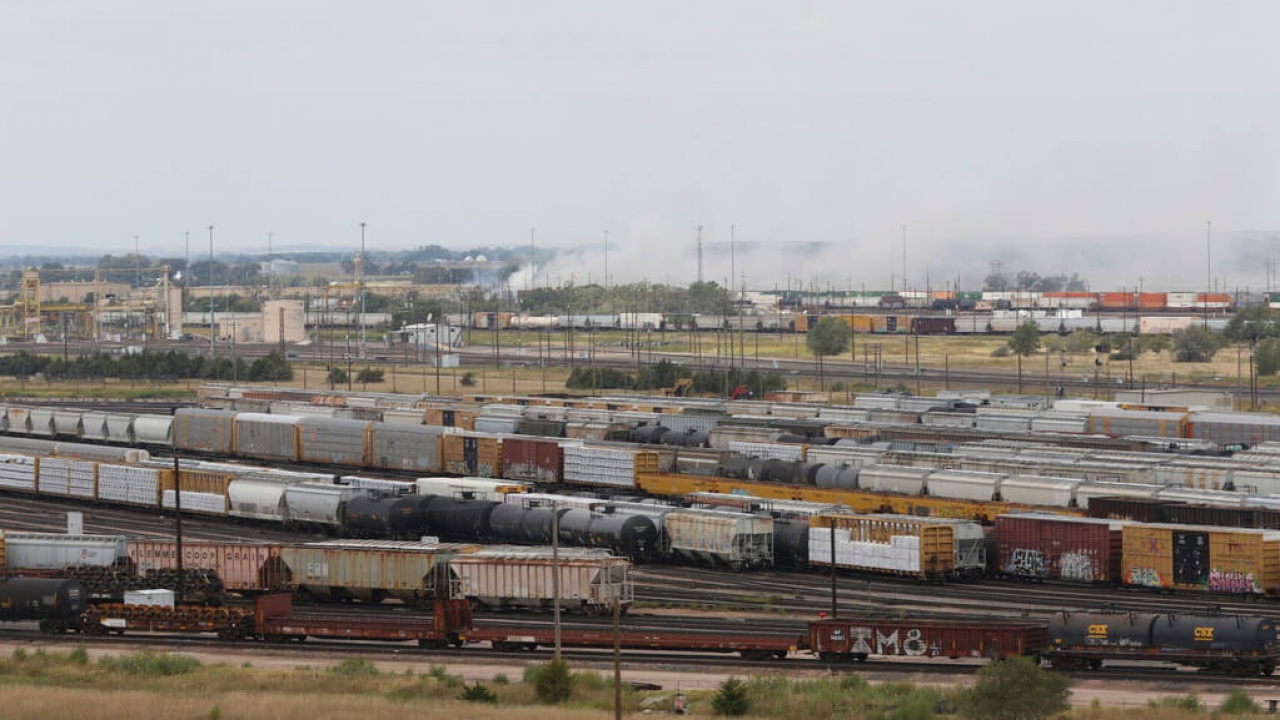
Explosion, smoke at world's largest railyard prompts evacuations
An explosion aboard a railcar at Union Pacific's Bailey Yard in North Platte, Nebraska, sent a plume of toxic smoke skyward.
LEARN MOREA shipping container transported perchloric acid, a precursor to rocket fuel, but authorities don't expect any lingering environmental issues.


The CV-22 Osprey carrying eight American personnel crashed last Wednesday off Yakushima island during a training mission.

25 million U.S. students use diesel-powered school buses daily, prompting debates on cleaner alternatives.

The British military earlier said there had been a suspected drone attack and explosions in the Red Sea, without elaborating.

The CV-22 Osprey carrying eight American personnel crashed last Wednesday off Yakushima island during a training mission.

40% of engagements take place between Thanksgiving and Valentine's Day, according to industry experts.

CBP officials say the Tucson area, including Nogales, is already seeing the highest number of migrants coming into the country.